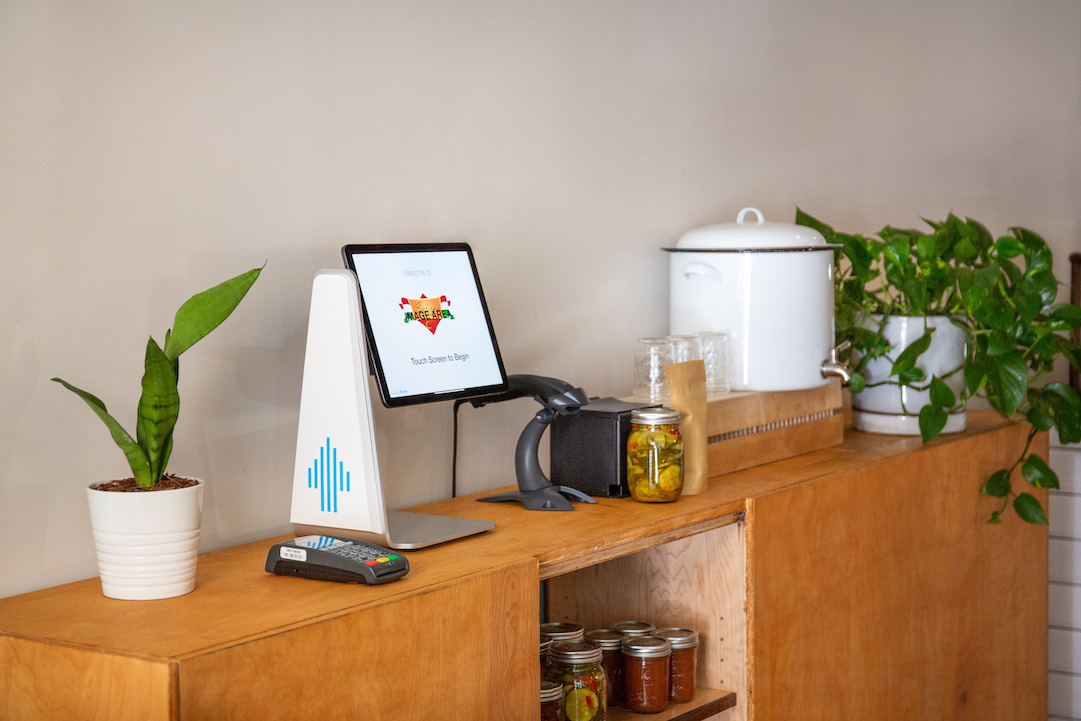Call Sales: +1 (833) 437-3835
Call Sales: +1 (833) 437-3835
Revel | September 25, 2017 |

The way businesses interact with their customers has seen a dramatic shift in the last 10 years. Companies with the most winning strategies are making the effort to adopt new technologies that enhance the customer experience in meaningful ways. Tablets have certainly opened the door for businesses to provide a unique customer experience, but not all of them have been all that worthfwhile.
Meaningful isn’t just putting a tablet on the table for kids to play games on, driving marginal revenue from, and certainly doesn’t mean serving food on an iPad like one restaurant tried. In order for the customer experience to be meaningfully enhanced, it must deliver a real benefit such as providing quicker service, more accurate service, and/or targeted service that makes the customer feel more attended to.
With that framework in mind, here are three ways that Self-Service Kiosks can enhance the customer experience and maximize ROI for your business.
Quicker Service Means More Customers Served
Long lines are boon for your business, but if you’re unable to serve everyone within their desired timeframe, it could have a negative impact. Some customers might leave before they reach the counter while others are just angry that they’ve had to wait, thereby impacting their overall impression of your business. Either way, it could impact your bottom line.
By utilizing a Self-Service Kiosk, your business has the potential to double the amount of orders placed without increasing your front of house staff. If you’re worried about overwhelming your back of house staff with all the extra orders, you can leverage some creative tactics to keep the lines flowing. Some merchants opt for a limited grab-and-go menu with pre-made offerings that add revenue to the bottom line without requiring much additional labor. As a result, customers in both lines have the opportunity to be served in a shorter amount of time.
“We have customers that use [Revel’s Self-Service Kiosk] exclusively and are very happy with that quick option. It’s a great value add to my business.”
Targeted Service Increases Customer Satisfaction
We’ve all been stuck behind the person that’s “ready to order” but has plenty of questions about the menu that holds up the line. Those high maintenance customers need extra attention and in most cases, they should get the service they need. However, the amount of service those customers require might be impacting the rest of your customers negatively as they patiently (or impatiently) wait to be served.
Self-Service Kiosks help provide a catered experience for your customers that don’t need as much attention. By allowing some customers to skip the line as they desire, your staff can spend more time ensuring that the customers with plenty of questions get the attention they require. In this way, you’ve met the various needs of high-touch and low-touch customer preference and both should feel greater satisfaction in the overall experience.
Better Accuracy Means Less Waste
Food waste is a huge problem in America. There’s plenty of reasons driving this trend in restaurants: not understanding customer needs accurately, miscommunication between staff, etc. One group estimates that as much as 10% of food purchased by restaurants ends up in the trash before it ever reaches the customer. The same group estimates that cutting food waste in half can reduce food costs by up to 6%.
With intelligent technology, merchants can take steps to start reducing their overall food waste and drive down costs. Self-Service Kiosks help minimize communication errors between front and back of house. Overwhelmed cashiers can easily misunderstand, misinterpret, or miscommunicate customer requests driving up mistakes in the kitchen.
Self-Service Kiosks present item and modifier options clearly for customers to be able to make their choices easily and review their order for accuracy. Once the order is submitted, it goes directly to the kitchen printer or KDS, eliminating the game of telephone between employees and reducing the likelihood for errors and therefore food waste.
Additionally, by using intelligent reporting, merchants are better able to understand customer needs by identifying top-selling items and separate out those that just won’t move. Additionally, with low stock alerts, merchants are alerted when stock falls below a particular threshold, allowing them to order up on inventory before it runs out.
By taking advantage of all of this actionable information, merchants are able to perfect their menu offerings, increase accuracy across their operation, and reduce the costs associated with inefficiency.
In the last few years, as some early adopting businesses attempted to introduce tablets at the dinner table, sensationalism took news outlets by storm as each paid tribute to the idea that machines were taking jobs away from people. While some businesses might try to replace human labor with technology, the companies that thrive will introduce technology to provide better service, which includes a human element. When used together, companies have a much stronger competitive advantage.
After McDonald’s began going through a major rollout of kiosks in North America, CEO Steve Easterbook decided he needed to set the record straight on why McDonald’s was going all in. “[Our implementation of kiosks are] not actually meant as a labor replacement. We can just reapportion that labor into more service-orientated roles that we think the customer will benefit both ways,” he said.
It’s important to remember that not all kiosk solutions are created equal. If it’s not a full self-service solution, then it’s going to take significantly longer to reap your return on investment. Learn more about how Revel’s Self-Service Kiosk Improves Operational Efficiency with our On-Demand Webinar here.